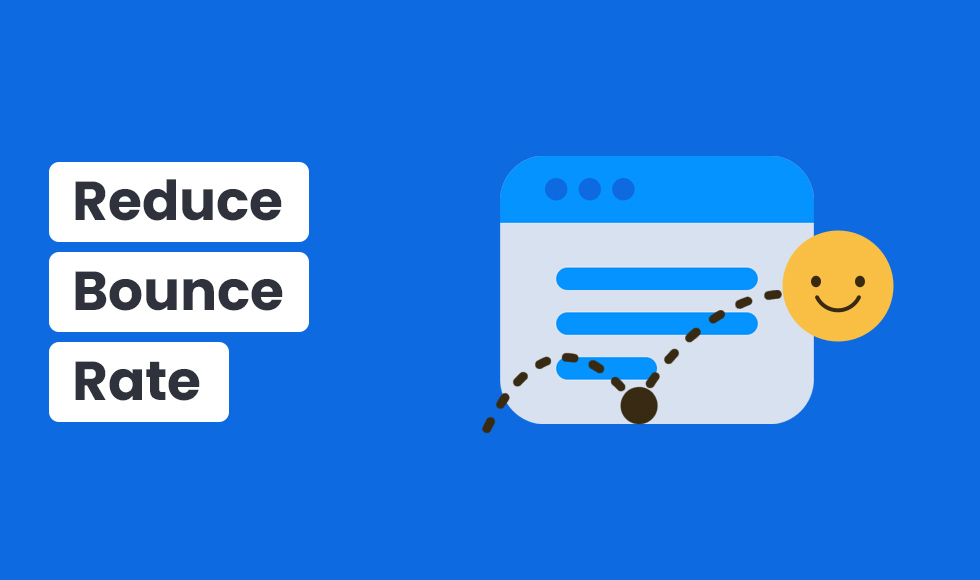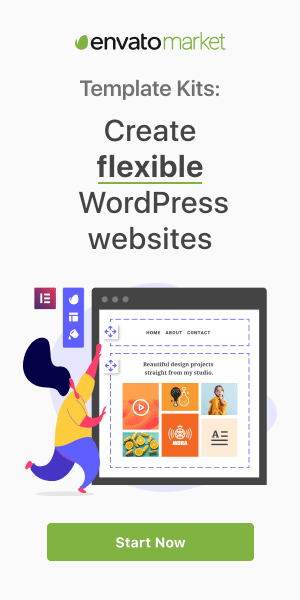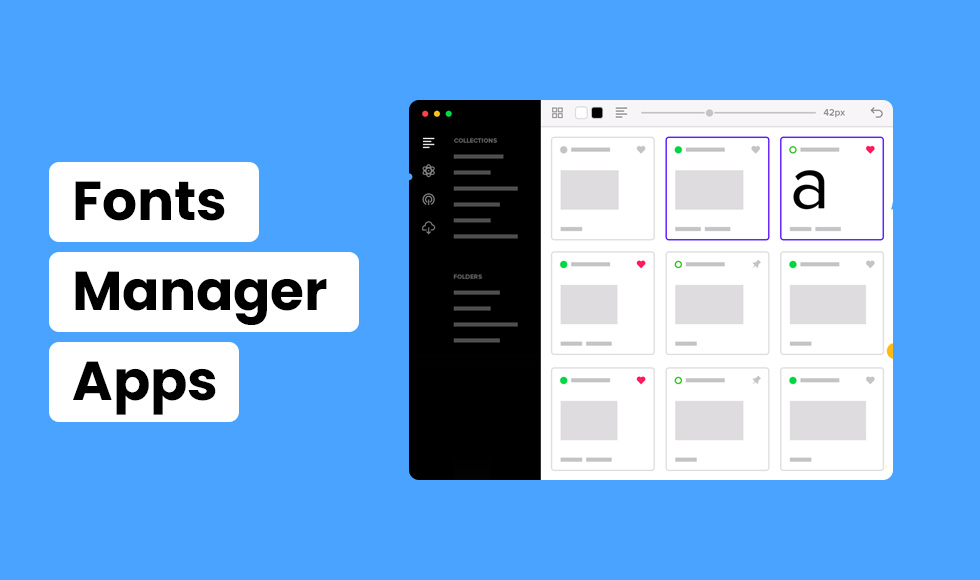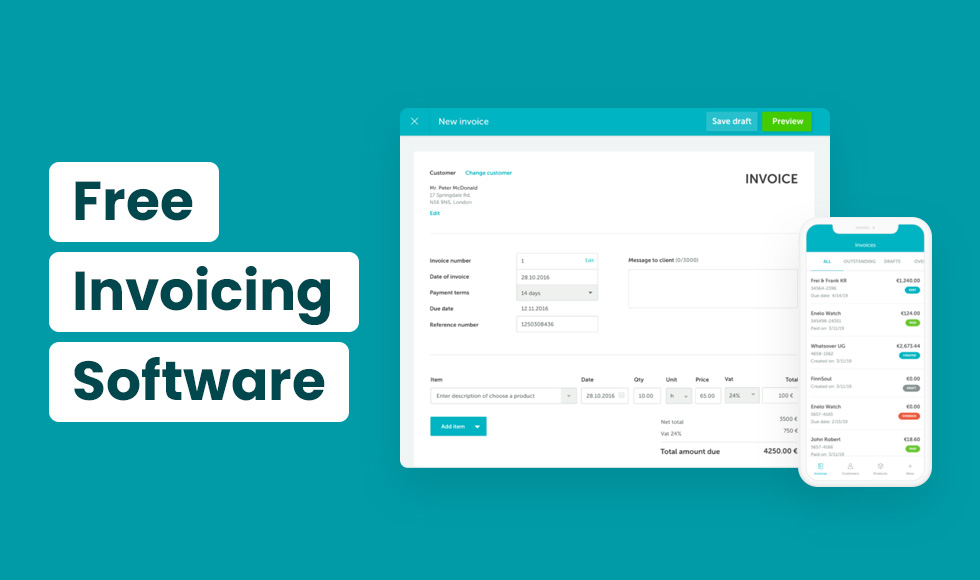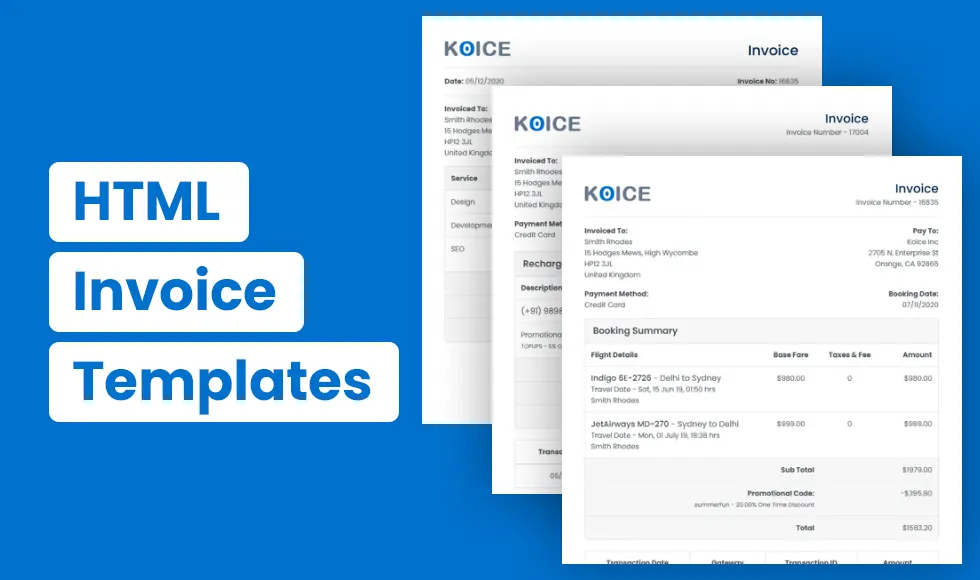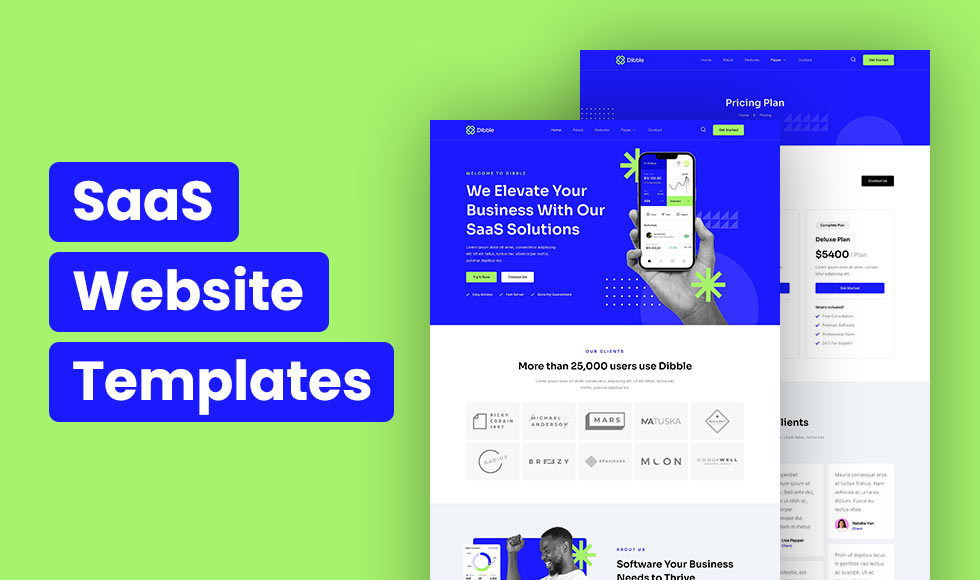Are you tired of seeing high bounce rates on your website and wondering how to fix it? A high bounce rate can indicate that visitors are leaving your site quickly without engaging with your content, which can negatively impact your SEO rankings.
In this blog, we will explain what bounce rate is, why it’s important for SEO, and how to check your website’s bounce rate. We’ll also provide you with the top on-page changes you can make to reduce bounce rate, including improving page speed, optimizing website design for better user experience, crafting engaging content, implementing internal linking strategies, and using clear calls-to-action. Additionally, we’ll cover other strategies for lowering bounce rate, such as improving mobile responsiveness, utilizing video content, targeting relevant keywords, and leveraging data on google analytics.
What is Bounce Rate?
Bounce rate refers to the percentage of visitors who leave your website after viewing only one page. A high bounce rate can be caused by slow loading time, poor navigation, and irrelevant content. Therefore, on-page changes such as improving site speed, optimizing content for user intent, and providing clear calls-to-action can help reduce the bounce rate. Also, responsive design and easy-to-use website interfaces improve user experience, which in turn helps in reducing bounce rates. By streamlining your website’s design and ensuring that it meets user expectations, you can lower your website’s bounce rate and retain more visitors.
Top On-Page Changes to Reduce Bounce Rate
To reduce bounce rates, you’ll want to make some on-page changes. One of the most important things to focus on is page load speed. Slow-loading pages can increase bounce rates, so it’s a good idea to optimize images and code to improve load times. Additionally, use clear and concise headlines so that visitors know exactly what they’re getting into – misleading headlines can turn people off quickly. Make sure your content is easily readable by using short paragraphs and bullet points, which will also help with the overall flow of information. Including a call-to-action (CTA) will encourage users to take action; make sure it’s visible and easy to find on the page. Finally, ensure that your website is optimized for mobile devices so that users have a seamless experience across all platforms. By making these changes, you should see an improvement in your bounce rate over time.
1. Improve Page Speed for Lower Bounce Rates
One of the most effective ways to reduce your website’s bounce rate is by improving its page speed. This simple yet powerful strategy can make a significant impact on your website’s user experience and ultimately, your bottom line.
The faster loading times for your web pages provide a better experience for visitors. It keeps them engaged, helps them navigate through your website, and provides them with quick access to the content they are looking for. In contrast, slow-loading pages can cause frustration, impatience, and even anger, which can lead visitors to abandon your website and search for a faster alternative.
Moreover, search engines prioritize websites that provide a faster browsing experience to their users. This means that if you improve your website’s page speed, you can improve your search engine rankings, driving more high-traffic sources to your site, and increasing your website’s visibility.
2. Optimize Page Design for Better User Experience
One of the most effective ways to reduce higher bounce rates is by optimizing page design for a better user experience. Page design elements such as font, layout, and color can significantly impact how users engage with relevant content, and ultimately affect whether they stay on your website or leave.
To improve user engagement, it’s important to have a clear and concise page layout with an easy-to-read font. Using contrasting colors for text and background can make the content stand out and be more visually appealing. Additionally, including high-quality images or videos that are relevant to the content can help to keep users engaged.
It’s also crucial to optimize page design for mobile devices since an increasing number of users are accessing websites through their smartphones. A responsive design that adapts to different screen sizes will ensure that users have a positive experience regardless of the device they are using. By implementing these on-page changes, you can improve user experience and decrease bounce rates on your website.
3. Craft Engaging Content to Keep Users on the Page
Crafting engaging content is one of the most important on-page changes you can make to reduce bounce rates. The key is to create content that is both relevant and informative, while also being well-written and easy to read. Using eye-catching headlines, subheadings, and visuals can help break up the text and make it more visually appealing.
Internal links to other relevant pages on your website can also encourage users to explore further and spend more time on your site. Additionally, adding interactive elements such as quizzes, surveys, or videos can keep users engaged and interested in your content.
4. Implement Internal Linking Strategies to Encourage Further Exploration
Internal linking helps users navigate through your website and encourages them to explore more landing pages. To do this, use relevant anchor text that clearly describes what the linked page is about. Link to pages that provide additional information on the topic or related topics, but be careful not to overdo it as too many links can be overwhelming and distract from the main content.
It’s also important to ensure that all links are working properly and lead to relevant, high-quality content. Implementing effective internal linking strategies can not only help reduce bounce rate but can also improve the overall user experience on your website.
5. Use Clear Calls-to-Action to Guide User Behavior
One great way to reduce bounce rates on your website is to use clear calls to action. A call-to-action can guide users towards engaging with your website by encouraging them to take a specific action, such as signing up for a newsletter or making a purchase. To make the most of calls to action, it’s important to strategically place them on the page and make them stand out from other content.
Using action-oriented language in calls-to-action can also encourage user engagement. For example, instead of saying “Learn More,” try using “Start Exploring.” It’s also important to test different variations of calls to action to determine which ones are most effective for your audience and website goals.
Other Strategies for Lowering Bounce Rate
Lowering bounce rates is essential for a website’s success. There are several strategies to achieve this goal. Improving the website loading speed, optimizing content for readability and engagement, using clear headlines, avoiding intrusive popups or ads, providing easy navigation and Google search results functionality on the website, and ensuring all external links work correctly are some of them. Another crucial factor is having a mobile-friendly and responsive design that fits all screen sizes seamlessly.
Updating and refreshing web content regularly can keep visitors engaged with your site. By doing so, you will increase their chances of staying longer on your website. Consequently, they may explore other pages, which in turn lowers the bounce rate. By implementing these strategies, you can improve user experience, reduce bounce rate and attract more visitors to your site.
1. Improve Mobile Responsiveness for Higher Engagement
Improving mobile responsiveness is one of the most effective strategies for reducing the bounce rate on your website. This is because an increasing number of users browse the internet on their mobile devices, and a responsive website design ensures that your site looks great and functions well on any device, regardless of screen size.
Additionally, optimizing images, videos, and other multimedia content for mobile devices can help improve engagement and reduce bounce rates. To further enhance user experience on your mobile site, it’s important to use clear calls-to-action and make navigation easy and intuitive.
Regularly testing your site’s mobile responsiveness using tools like Google’s Mobile-Friendly Test can also help identify areas for improvement. By prioritizing mobile responsiveness in your on-page changes, you can effectively reduce bounce rates and improve the overall user experience on your website.
2. Implement Non-Disruptive Pop-Ups to Retain Users
In addition to making on-page changes, there are other strategies that can help lower your bounce rate. One effective strategy is implementing non-disruptive pop-ups that engage users and keep them on your website for longer periods of time. These pop-ups can offer helpful information, such as related content or special offers, without interrupting the user’s browsing experience.
However, it’s important to ensure that these pop-ups are not too frequent or intrusive, as this can lead to increased bounce rates. Consider using exit-intent pop-ups, which are triggered when a user is about to leave your site, to encourage them to stay longer. It is also crucial that any pop-up you decide to use is relevant and adds value to the user’s experience instead of being a mere annoyance. By implementing non-disruptive pop-ups strategically and thoughtfully, you can help improve your website’s bounce rate and keep users engaged for longer.
3. Utilize Video Content to Increase Visitor Dwell Time
While there are several strategies for reducing the bounce rate on your website, utilizing video content can be an effective way to increase visitor dwell time. By providing relevant and valuable video content, visitors are more likely to stay on your website longer. However, it’s important to optimize the video for faster loading times by compressing the file size and using a reliable video hosting platform.
Additionally, including a call-to-action at the end of the video can encourage visitors to explore other pages on your website. To measure the effectiveness of your video content in reducing bounce rate, monitor engagement metrics such as views and watch time.
4. Target Relevant Keywords to Attract Relevant Traffic
One effective strategy is targeting relevant keywords to attract the right type of traffic. By doing so, you can increase the likelihood that visitors will engage with your site content and stay on your site longer, resulting in a lower bounce rate.
To target relevant keywords, you can use keyword research tools to identify the most popular and relevant keywords for your niche or industry. Once you have identified these keywords, be sure to include them in your page titles, headings, and meta descriptions. However, it’s important to avoid using irrelevant or misleading keywords as this can lead to high bounce rates and a negative impact on your search rankings. Ultimately, by targeting relevant keywords, you can improve the overall quality of your website traffic and reduce your bounce rate.
5. Leverage Data Analytics to Continuously Improve the Bounce Rate
To effectively reduce bounce rates, it’s important to leverage data analytics to continuously improve your website. By analyzing data, you can identify the pages with high bounce rates and understand why visitors are leaving those pages. This can help you make informed decisions about your website’s content and design.
Another effective strategy is to regularly update your content to keep it fresh and relevant. This not only helps with search engine optimization rankings but also encourages visitors to return and engage more with your website. Overall, leveraging data analytics and implementing these strategies can significantly reduce bounce rates and improve the overall performance of your website.
Conclusion:
Reducing bounce rates is crucial for improving engagement, increasing conversion rates, and boosting SEO rankings. By implementing on-page changes like improving page speed, optimizing design, crafting engaging content, internal linking strategies, and using clear calls-to-action, you can keep users on your site longer and encourage further exploration. Additionally, strategies like improving mobile responsiveness, implementing non-disruptive pop-ups, utilizing video content, targeting relevant keywords, and leveraging data analytics can also help improve bounce rates. Don’t let your high bounce rate impact your website’s success. Implement these changes today to see a difference in your website’s engagement.

